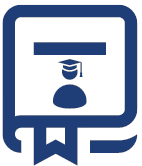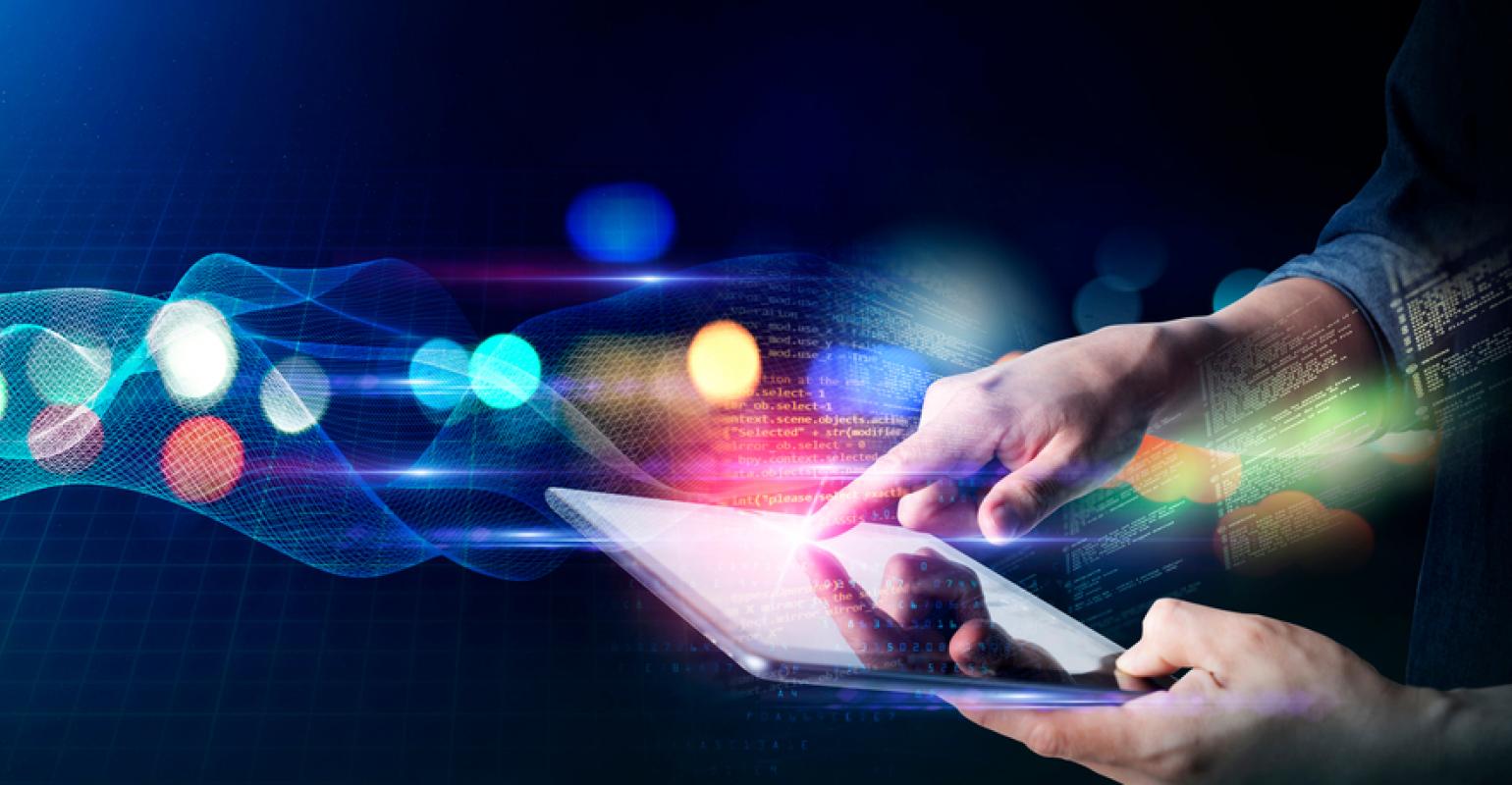Software testing and test automation have transferred into an integral zone of the software development procedure. As technology advances, so too have the software testing and test automation tools available to businesses. In this blog post, we’ll take a look at five of the most instigative tech inventions in software testing and test automation that you need to know about. These inventions are sure to make your software testing process brisk, more effective, and more dependable. Get ready to learn about the topmost advancements in software testing and test automation.
Machine Learning Used for Predictive Analytics
Machine Learning (ML) technologies have opened up a range of possibilities for using prophetic analytics in software testing. ML-powered in-depth analytics allow inventors to set criteria and parameters that identify signs of operation failure before it occurs. This type of pre-testing can be used to determine the robustness of an operation and insure it’s fit for purpose. By understanding how an operation behaves under different conditions, inventors can conform their tests to concentrate on areas that bear further attention or may be prone to failure.
The Internet of Things for Performance Testing
Performance testing with IoT offers the eventuality for end-to-end, distributed testing across multiple physical biases in real-world conditions. This allows testers to estimate how an operation behaves when exposed to different operation scripts and under different stress situations. By using a factual bias in these tests, testers can gain more accurate results than with emulated surroundings.
Blockchain for Security Assessment
Software testing assiduity is constantly evolving, with new technologies and inventions changing the way that software is tested. One of the most promising new technologies to come out of this elaboration is blockchain, which can give a much more secure and dependable terrain for security testing. Blockchain is a distributed tally technology (DLT) that allows multiple parties to securely record and store data in a secure, decentralized network. It offers unequaled security by using cryptographic keys, which are designed to make it extremely delicate to tamper with data without being detected. also, because blockchain is distributed across numerous different computers, it’s much more delicate for a single user to gain access to all the data stored on the network. In terms of security testing, blockchain can be used to produce an unsure terrain where testers can corroborate the authenticity of their test results without counting on any third party.
Virtual Reality Incorporated for User Experience Testing
In recent times, virtual reality( VR) technology has come decreasingly accessible and extensively espoused, opening up new possibilities for software testing. For user experience testing, VR provides an important tool for bluffing real-world operation scripts to identify and address usability issues.
Using VR, inventors can produce virtual surroundings that nearly match those endured by druggies. This allows them to estimate the user experience from the user’s perspective. VR also helps with validating visual design rudiments similar to layouts, sources, and colors to insure an optimal experience for druggies.
Artificial Intelligence for Test Case Generation
AI testing tools are an instigative development in the field of software testing and test automation. By using the power of machine literacy, these tools allow testers to fluently make robust end-to-end test cases, reducing homemade trouble and adding test content.

